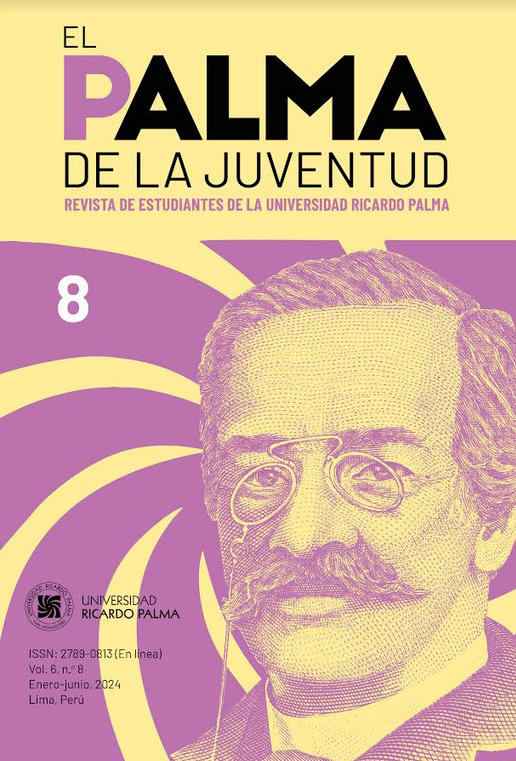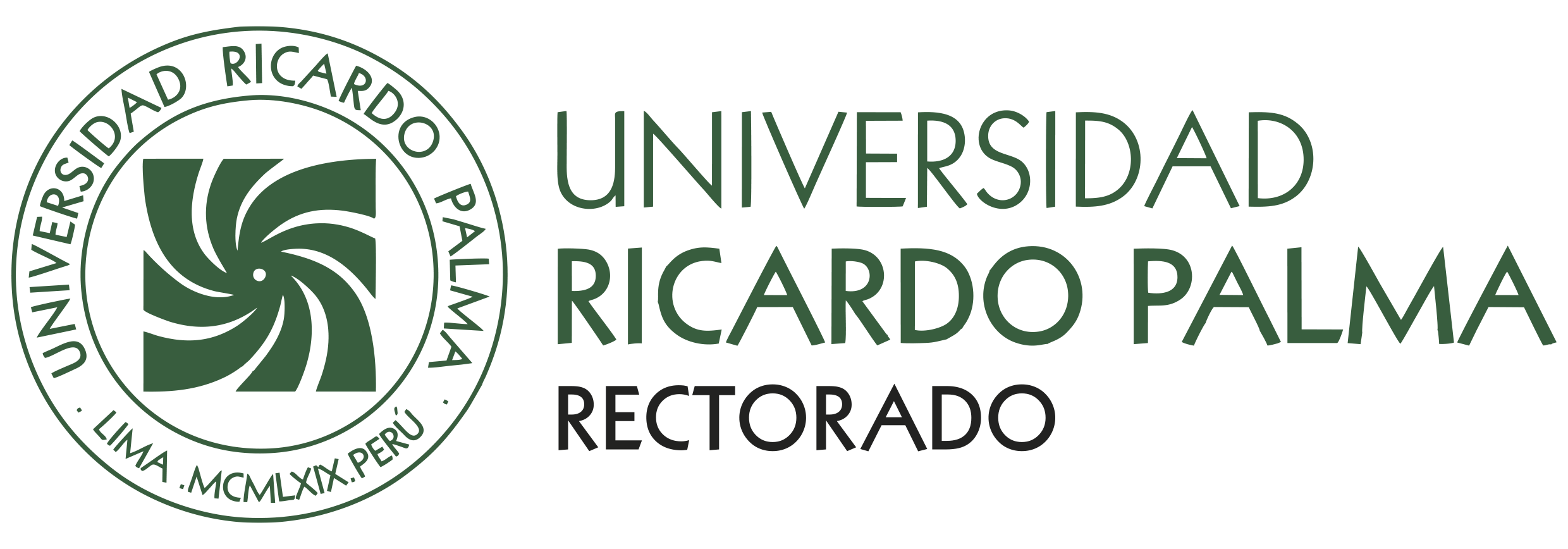The use of metaphors to configure the book as a subversive cultural object in Fahrenheit 451 (1953) and Balzac and the young Chinese seamstress (2000)
DOI:
https://doi.org/10.59885/epdlj.2024.v6n8.13Keywords:
Dai Sijie, Ray Bradbury, book, cultural object, metaphor, totalitarianismAbstract
This paper hypothesizes that in the novels Fahrenheit 451 (1953) by Ray Bradbury and Balzac and the young Chinese seamstress (2000) by Dai Sijie, the use of metaphors underpins the idea of the book as a subversive «cultural object» in the context of totalitarian governments, where it is forbidden by the institutions of power and, at the same time, is the object of desire for certain subjects. For this reason, these works will be analysed. It will pay special attention to the metaphors, personifications and metonymies used by their authors, in particular, in order to account for the convergences and dissimilarities that can be found.
References
Arduini, S. (2000). Prolegómenos a una teoría general de las figuras. Universidad de Murcia.
Bradbury, R. (1985 [1953]). Fahrenheit 451 (F. Abelenda, trad.). Editorial Planeta.
Bradbury, R. (1993 [1953]). Fahrenheit 451 (F. Abelenda, trad.). Ediciones Perdidas.
Codeluppi, M. A. (2021). Le complexe de la complexité: déplacement multidimensionnel dans l’œuvre de Dai Sijie. TRANS - Revue de Littérature Générale et Comparée, (26). https://doi.org/10.4000/trans.5556
Hernández, M. (2017). Leer a Balzac en tiempos de oscuridad: Hannah Arendt y la validez ejemplar como guía para la acción política en una época postotalitaria. Murmullos Filosóficos, 5(10), 79¬97. https://www.revistas.unam.mx/index.php/murmullos/article/view/59175
Lakoff, G. y Johnson, M. (2004). Metáforas de la vida cotidiana. Cátedra.
Lutereau, L. (2011). El objeto estético como objeto cultural. En L. Lutereau (comp.), Filosofía y cultura: actas de las VIII Jornadas de Filosofía (pp. 50¬65). Editorial de la Universidad de Ciencias Empresariales y Sociales. https://w.uces.edu.ar/wp¬content/uploads/2016/05/Actas_VIII_Jornadas_Filosofia.pdf
Rancière, J. (2009). La palabra muda. Eterna Cadencia.
Sijie, D. (2005 [2000]). Balzac y la joven costurera china (M. Serrat, trad.). Editorial Salamandra.
Wang, Y. (2022). L’identité ambiguë de Dai Sijie et la réception de Balzac et la petite tailleuse chinoise en France et en Chine. Voix Plurielles, 19(3), 548¬559. https://doi.org/10.26522/vp.v19i2.4142
Yu, C. (2018). Husserl and Schutz on cultural objects. Investigaciones Fenomenológicas, (7), 523¬540. https://doi.org/10.5944/rif.7.2018.29957
Downloads
Published
How to Cite
Issue
Section
License
Copyright (c) 2024 Narciza Mercedes Sanchez Sauñe, Damaris Zuñiga Pimentel

This work is licensed under a Creative Commons Attribution 4.0 International License.
La revista utiliza una licencia Creative Commons para mostrar a los lectores y usuarios cómo se pueden utilizar los contenidos publicados.
Los contenidos publicados en esta revista están bajo una licencia CC-BY 4.0. Esta licencia permite:
- Compartir, copiar y redistribuir el material en cualquier medio o formato.
- Adaptar, remezclar, transformar y construir a partir del material para cualquier propósito, incluso comercialmente.
Bajo los siguientes términos:
- Atribución. Usted debe dar crédito de manera adecuada, brindar un enlace a la licencia, e indicar si se han realizado cambios. Puede hacerlo en cualquier forma razonable, pero no de forma tal que sugiera que usted o su uso tienen el apoyo de la licenciante.










